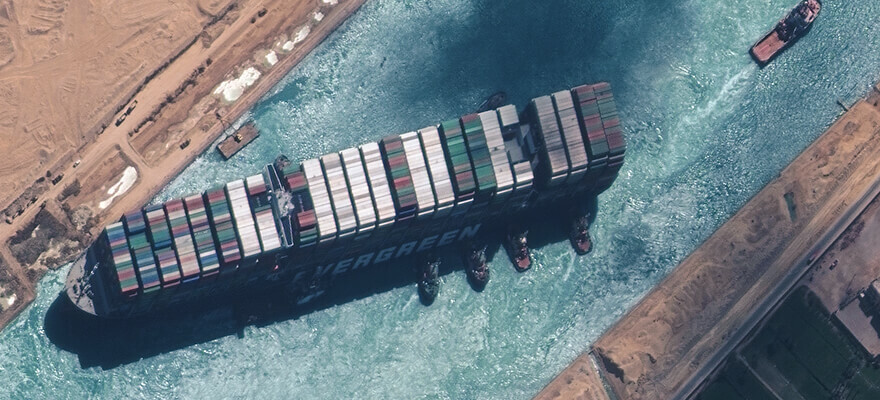This year showed the world that ships are still vital to the world economy

For most people, ships are glamorous, quaint, dangerous or utilitarian. Maybe they think of times gone by and sailing ships navigating around the world; round-the-world challenges and yacht races; ways to get across bodies of water that cars can’t cross; or cruises to far-flung places. Vital components of world commerce? Probably not. Isn’t that all done by plane now?
They were sorely disabused of their notions last year when the Suez Canal linking the Red Sea with the Mediterranean was blocked by a huge cargo ship for six days (see page 31). The incident brought the world’s supply chains to a halt, with the maritime data company Lloyd’s List estimating that the ship held up $9.6 billion in trade each day, based on the volume and value of goods flowing eastwards and westwards through the canal. And that was only the first of several such incidents last year that resulted in shortages of goods in numerous countries, not all of them so catastrophic.
Shipping’s positive importance to the world might have gone unnoticed by the mainstream until last year – about 90% of all globally traded goods are ferried around the world by sea – but so has its effect on climate change: 300 million metric tons of dirty fossil fuels are used by merchant ships each year, emitting roughly one billion metric tons of carbon dioxide in the process – the equivalent of the annual carbon emissions of Japan. Could geospatial technology and information help cut that? Turn to page 28 to find out.


